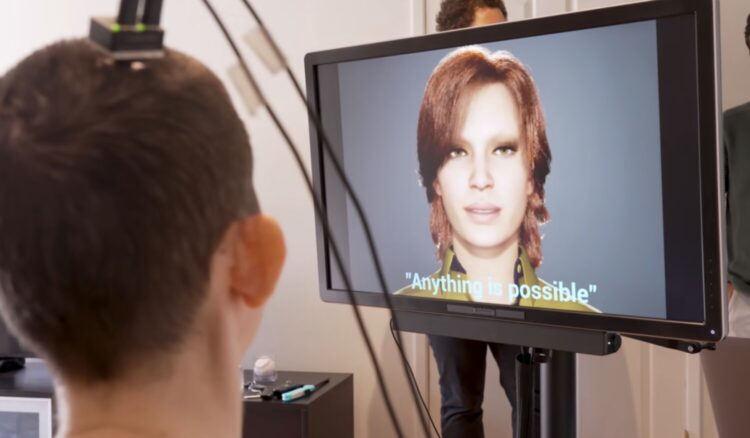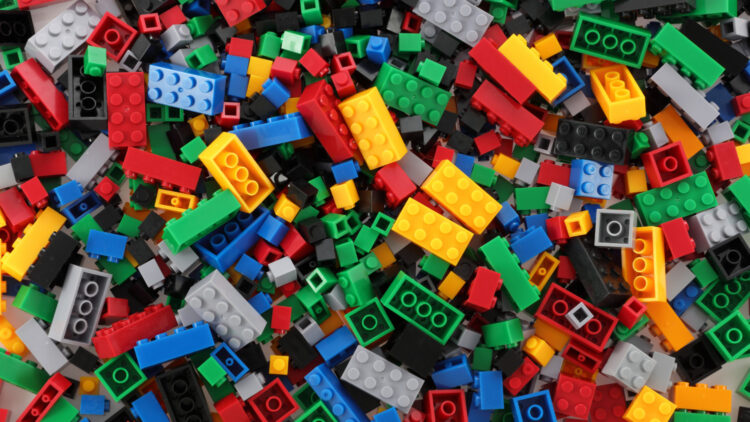Psychologists explain the upsides of the ADHD brain

Although ADHD includes the word “disorder” in its title, this condition ultimately means your brain works a bit differently than that of people without ADHD — and it doesn’t have to be a “bad thing.”
ADHD, or attention deficit/hyperactivity disorder, is commonly described as a brain disorder that causes inattention, hyperactivity, and impulsivity. (Learn more symptoms of ADHD in adults here.) While this description is technically accurate, it doesn’t capture the strengths that often come hand in hand with the “ADHD brain.”
“The ADHD brain is a superpower brain,” says Yamalis Diaz, PhD, psychologist at NYU Langone Health. “There are some very real strengths to the ADHD brain.” Yes, there are challenges, but finding ways to cope with your weaknesses and maximize your strengths can make all the difference in thriving with ADHD.
Here are some of the superpowers of the ADHD brain that mental health experts and patients often observe:
1. Ability To Handle Stimuli
The ability to take in large amounts of stimuli is useful in the modern, fast-paced work environment.
“The non-ADHD brain can’t process all the information that it’s receiving from its environment,” says Dr. Diaz. Many people with ADHD are not overwhelmed by a stimulating environment; they might even enjoy it.
“They’re always on, they’re always listening, they’re always tuned in,” says Dr. Diaz.
2. Creativity
Creativity is a common strength among people with ADHD.
“They’re constantly thinking about new things [and] they approach things in a really interesting way,” says Dr. Diaz. While some may struggle with keeping papers in alphabetical order or their desks tidy and free of sticky note mountains, they may also find alternative, ingenious ways to organize their lives that more “traditional” brains may not have considered. (Check out how your desk can boost your creativity.)
Plus, if you have inattentive ADHD, daydreaming can be a rich source of creative ideas.
3. A Love Of Multitasking
A love of multitasking is something people with ADHD have in common. People may describe ADHD as “an inability to focus,” but you could also think of it as an ability to juggle and bounce between multiple ideas, tasks, and conversations.
“Maybe you’re the person that can thrive on being able to do multiple different things at one time,” says Jennifer Hartstein, PsyD, a psychologist in New York City.
And if that’s not enough proof, consider the number of accomplished academics, entertainers, and business gurus who have succeeded despite — or because of — their ADHD brain. Celebrities like Justin Timberlake, Channing Tatum, Adam Levine, Lisa Ling, and Michael Phelps have all spoken about growing up with ADHD.
“One great thing that I’ve done with a couple kids that have been diagnosed with ADHD [is] Google famous people with ADHD,” says Alok Patel, MD, a pediatrician at New York Presbyterian, Morgan Stanley Children’s Hospital. “Children all of a sudden realize they can live a totally long and productive life with ADHD.”
Originally published on HealthiNation.








